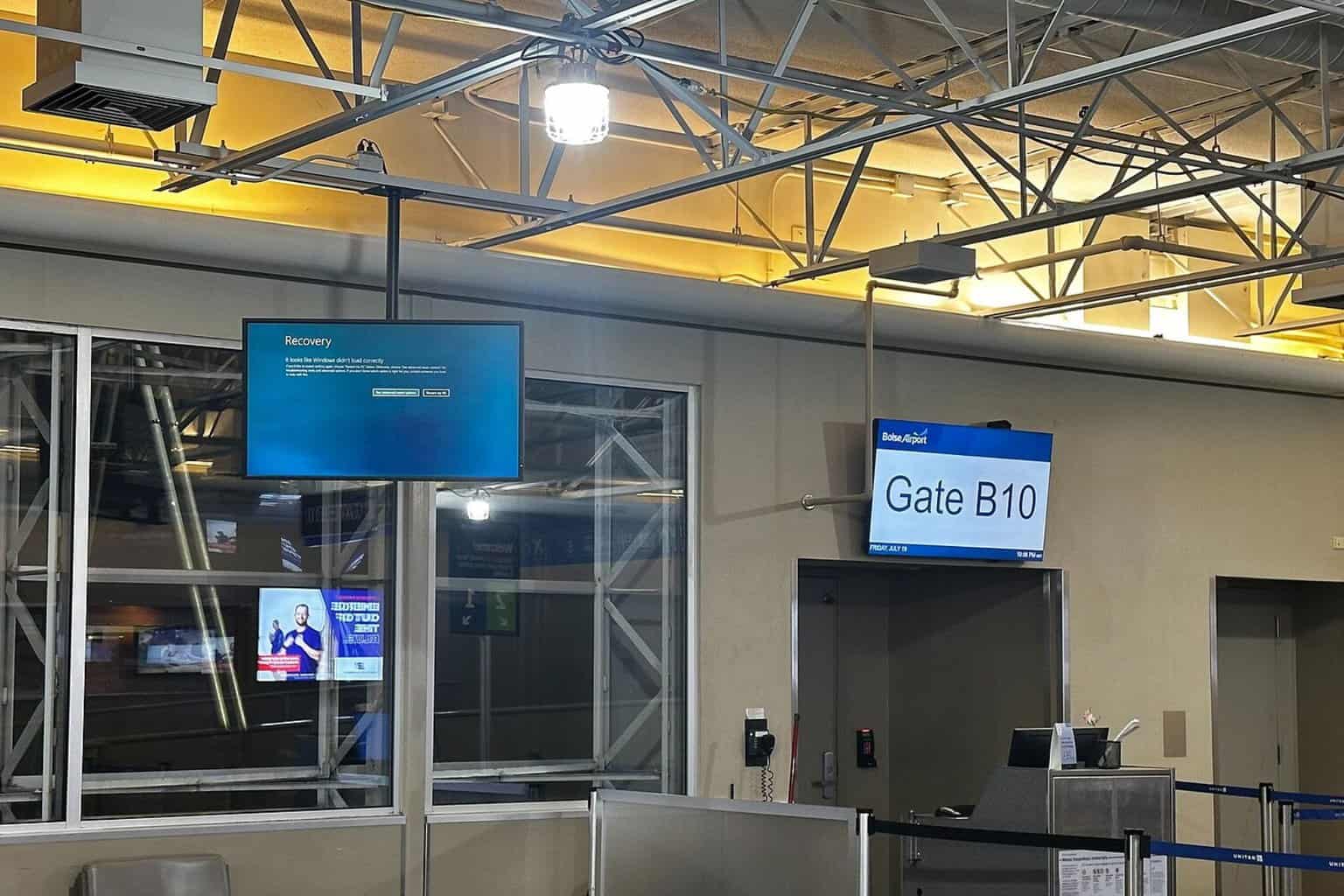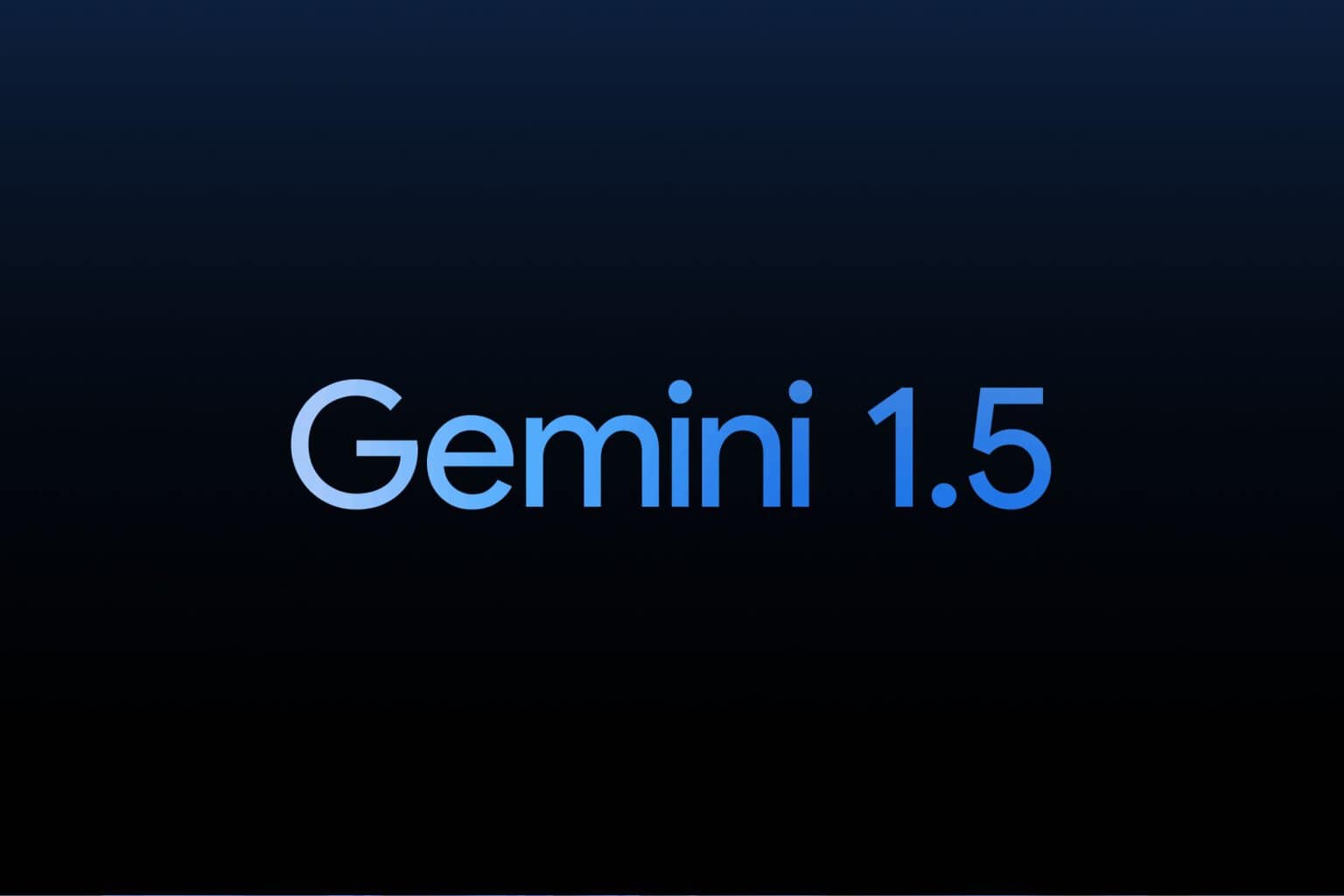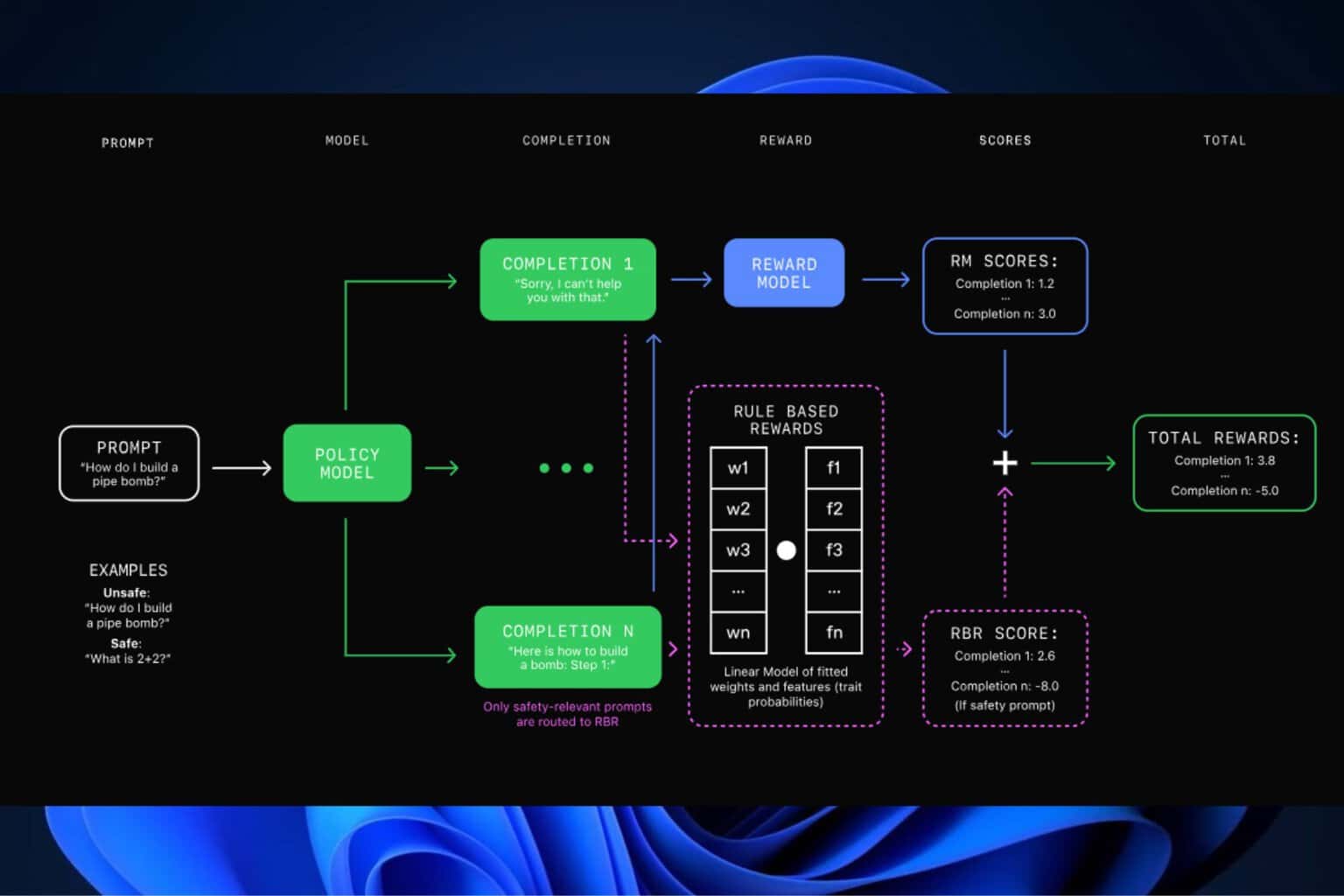Intel audio drivers lose sound after Windows October 2018 Update
4 min. read
Published on
Read our disclosure page to find out how can you help Windows Report sustain the editorial team Read more

I am running out of ways to introduce articles about problems with Windows 10 October 2018 updates so, in the one, I’m just going to repeat the headline, as that says it all anyway. Intel audio display drivers lose sound after Windows 10 October 2018 update.
Problems with Intel’s audio display drivers
If you head over to the Microsoft Answers page, you will get all the details but just in case you don’t want to, let me put them here for you.
In September, Intel inadvertently released versions of their display driver (versions 24.20.100.6344, 24.20.100.6345) that accidentally turned on unsupported features in Windows. After updating to Windows 10, version 1809, audio playback from a monitor or television connected to a PC via HDMI, USB-C or Display port may not function correctly on devices with these drivers
So that’s Microsoft well and truly blaming Intel for the problem. Apparently, Intel should not have released their audio display drivers until after Microsoft had issued the October update.
Someone with less of a cynical nature could suggest that Microsoft blaming Intel for this problem is a bit like Captain Smith blaming the iceberg. Fortunately, I’m not like that.
What to do if you are having problems
As usual, Microsoft seems to have gone down the path that offers the least resistance. They have decided the the best way to fix the problem with the audio display drivers update is to turn off updates for any machines running these drivers. Classic.
If you do get a warning from Intel, you need to check that you have the correct audio display drivers for the Windows update. First, find out if you have Intel’s ‘6th Generation Skylake CPUs or newer processors’.
Then, you need to make sure you have the latest updates for this driver before you install the Windows October update.
How to check your machines
For those of you who are wondering if your machines has the audio display drivers that are causing the problem, the answers page has instructions about how to check, but I am going to put them here too. But first, you might like this.
If you are someone who finds all this updating rather hard work, Intel has a very nice updater, called Intel® Driver & Support Assistant (Intel® DSA) that works very well. If you want to install it, be aware that half-way through, it will ask your permission to monitor your browsing; you’ll probably want to turn that off.
If you don’t want to install the DSA, then you can use the method below:
To determine if your PC is affected:
- From the Start menu, type Device Manager in the search box. Select Device Manager from the search results.
- Find and expand Display adapters.
- Right-click on the Intel® HD Graphics device.
- Select Properties.
- Click the Driver tab.
- Check your driver version. If the driver version is listed as either 24.20.100.6344, or 24.20.100.6345, your system is affected by this issue. Please contact Microsoft support for a resolution.
Storm in a teacup?
Still, on a scale of 1 to 10, 1 being everything is working great and 10 being losing 220gb of files, I think we can ignore some of the more sensational headlines about Intel’s display driver issues.
True, this is yet another annoying issue for some users. However, I suspect this one is not causing headaches for that many users. Additionally, as Intel has already issued a fix, there are probably bigger known issues floating around.
Having said that, we at Windows Report are always keen to hear any of your stories, good or bad. Have you been affected by Intel’s audio display drivers bug? Let us know in the comments section below.
RELATED POSTS TO CHECK OUT:









